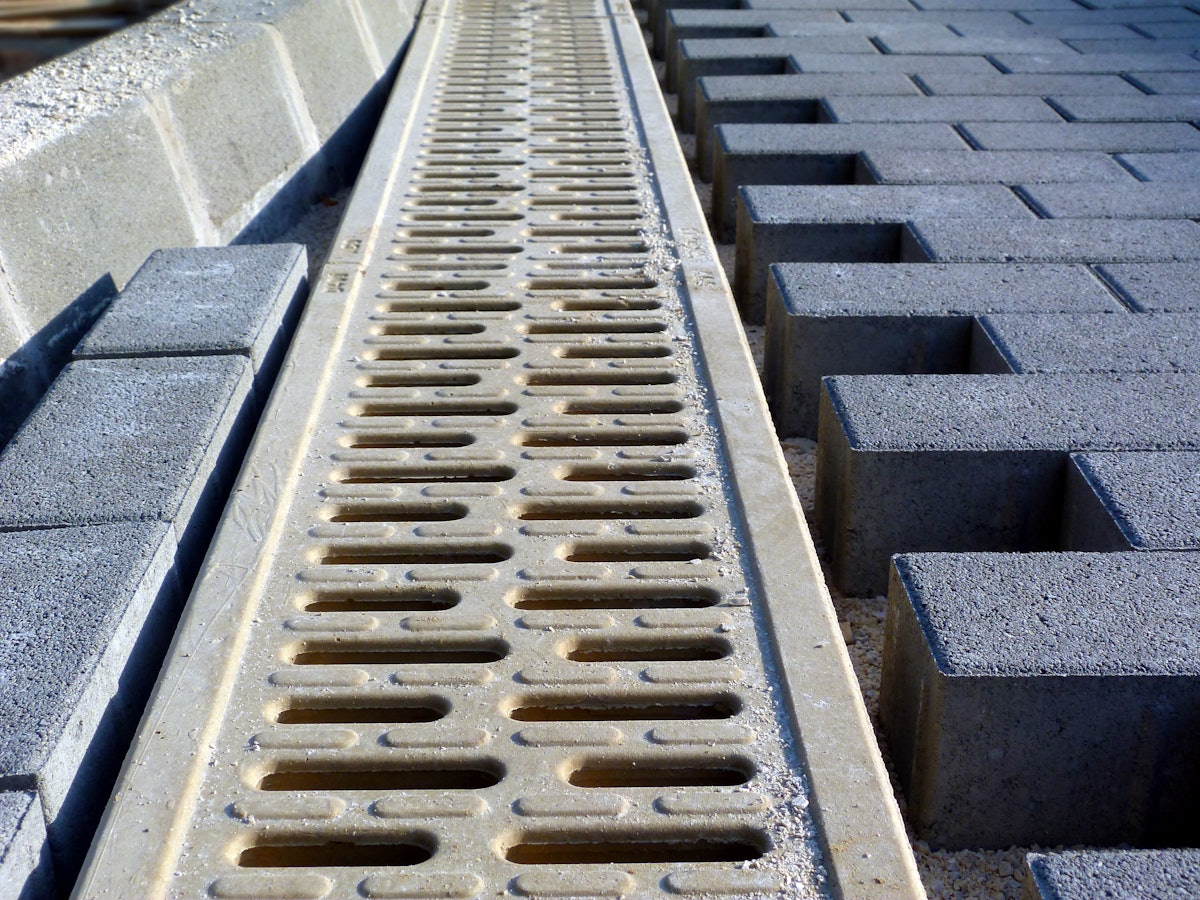Construction projects, particularly large-scale construction projects, require meticulous planning to stay on schedule and within budget. Yet, one critical factor often underestimated in the early phases is drainage infrastructure design. Overlooking proper drainage planning can lead to delays, structural instability and costly rework. Flooding, soil erosion and regulatory setbacks can disrupt timelines and inflate budgets.
To prevent these setbacks, construction teams must prioritize drainage infrastructure design early in the planning process. Thoughtful, proactive strategies help streamline workflows, while innovative drainage solutions support long-term project efficiency and resilience.
The Hidden Risks of Inadequate Drainage Planning
Unresolved drainage issues can introduce serious complications at various stages of a construction project. Some of the most common risks include:
- Flooding and Water Runoff Disruptions – Poor drainage can cause standing water on the job site, rendering heavy equipment unusable and making excavation or foundation work nearly impossible. In heavy rainfall areas, runoff lacking proper channeling can halt operations for days or weeks, throwing project schedules off track.
- Soil Erosion and Structural Instability – Excess water can wash away soil, weakening foundations and causing shifts in grading. This not only affects construction but can also create long-term safety hazards for completed structures. If soil instability is detected late in the process, costly mitigation measures — such as soil reinforcement or additional foundation support — may be necessary.
- Permitting and Compliance Setbacks – Regulatory bodies often have strict stormwater management and erosion control requirements. If drainage infrastructure is not accounted for in the early design stages, projects may face lengthy approval delays. Worse, failure to meet environmental and zoning regulations could result in fines or forced modifications.
How Early Drainage Planning Prevents Construction Delays
Integrating drainage infrastructure design into the early stages of a project provides multiple benefits. A well-executed design of a drainage system helps projects stay within budget and on schedule while maintaining compliance with safety and environmental regulations. By addressing drainage requirements upfront, construction teams can:
- Ensure Accurate Engineering Calculations – Proper drainage planning begins with detailed site assessments and calculations. Considering factors like soil composition, rainfall patterns and topography early on prevents excessive runoff and long-term water damage.
- Minimize the Risk of Site Damage – Proactive planning helps mitigate risks such as water pooling, foundation weakening, and unstable terrain. Without it, unanticipated water flow can damage roadbeds, building foundations and landscaping, leading to costly repairs or work stoppages.
- Streamline Regulatory Approvals – Many municipalities require stormwater management plans before granting permits. Addressing drainage from the start minimizes the risk of regulatory pushback or required revisions that delay groundbreaking.
- Avoid Budget Overruns – Unexpected drainage complications often lead to emergency fixes, which can inflate costs substantially. Adjusting a drainage plan mid-construction is far more expensive than integrating it correctly from the outset.
Case Study: Avoiding Delays in a Large-Scale Airport Project
A private airport project in Seattle is a prime example of how early drainage planning can prevent costly disruptions. The project faced a significant challenge: Heavy rainfall that could accumulate water on runways and construction areas.
To mitigate these risks, engineers prioritized drainage infrastructure design from the start. This involved assessing local weather patterns, implementing efficient water runoff systems and making sure foundational areas remained protected from excessive moisture. By taking these proactive measures, the project avoided major weather-related delays.
The general contractor later acknowledged that this early attention to drainage was instrumental in keeping the project on track, which prevented costly site disruptions. Proactively addressing drainage needs in the early stages, where unforeseen setbacks can have a domino effect on schedules and budgets, helps prevent costly delays.
The Role of Innovative Drainage Solutions in Large-Scale Construction
Advancements in innovative drainage solutions have provided the construction industry with more effective ways to manage stormwater, minimize erosion and maintain site stability. Some of the most effective solutions include:
- Permeable Pavers – These allow water to filter through surfaces, reducing runoff and preventing pooling in high-traffic areas like parking lots, roadways and airport runways. These systems are particularly useful in urban construction, where space for traditional drainage infrastructure may be limited.
- Modular Drainage Systems – Easily customizable and scalable, these systems provide flexibility in addressing project-specific drainage needs. They streamline installation while providing long-term reliability.
- Erosion Control Measures – Techniques such as geotextiles, slope stabilizers and sediment control barriers help prevent soil displacement and make sure that construction sites remain structurally sound. Implementing these solutions early reduces the risk of long-term maintenance challenges.
Why Proactive Drainage Planning Should Be an Industry Standard
Proactive drainage planning is essential for keeping construction projects on schedule, preventing site damage, and reducing unnecessary costs. Issues like flooding, soil erosion, and permitting setbacks can cause significant disruptions, but these risks can be mitigated with early planning and strategic drainage infrastructure design.
Integrating innovative drainage solutions from the start improves efficiency and contributes to the long-term sustainability and resilience of construction projects. By making drainage a priority in the initial design phase, construction professionals can avoid costly setbacks and maintain momentum on their projects.
View the original article and our Inspiration here


Leave a Reply